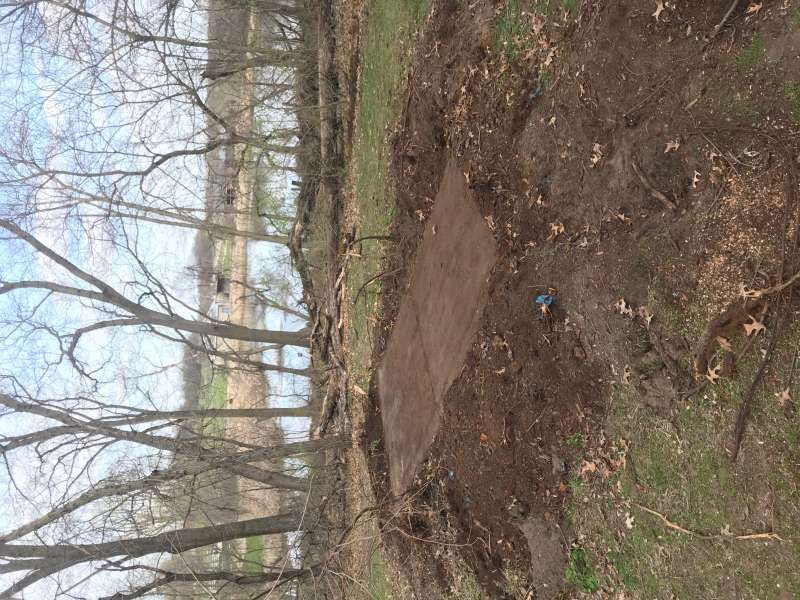Scummy small pond connected to bigger pond advice - 02/07/21 12:49 AM
This is my first post here and I'm happy to have found this resource to help me in my research. I'm looking for some advice with a pond on my new property. My knowledge and experience maintaining ponds is very limited so I'm looking for any and all advice. This small pond is connected to a larger pond with some weeds/ cat tails where it gets shallower between them. The larger pond is normally very clean and looks pretty good. The smaller section is the problem and is completely covered in moss/ scum most of the year. I'm guessing its never been maintained. Looking for some advice mainly just for the smaller pond. It's probably 1/4 acre and only about 2 feet deep. I would guess the larger pond is around 2-3 acres and that one is probably 4' deep in the middle. To my knowledge, I wouldn't think fish can survive in these ponds with the cold winters we have in Iowa. I'm guessing I need to scoop all the scum off the top and put an aerator in at a minimum. Would adding some kind of tall grass, or cat tails around the perimeter help at all? Would adding a rock perimeter be beneficial? Again, I'm in the very early stages of my research and would love to hear what you guys would do if this was your property. My main goal is to clean it up and mainly just make it more visually appealing. Not worried about fish at all. However there are a lot of ducks that fly in and use the pond so I can't get too aggressive with the chemicals. Here are some pics to help show whats going on.

